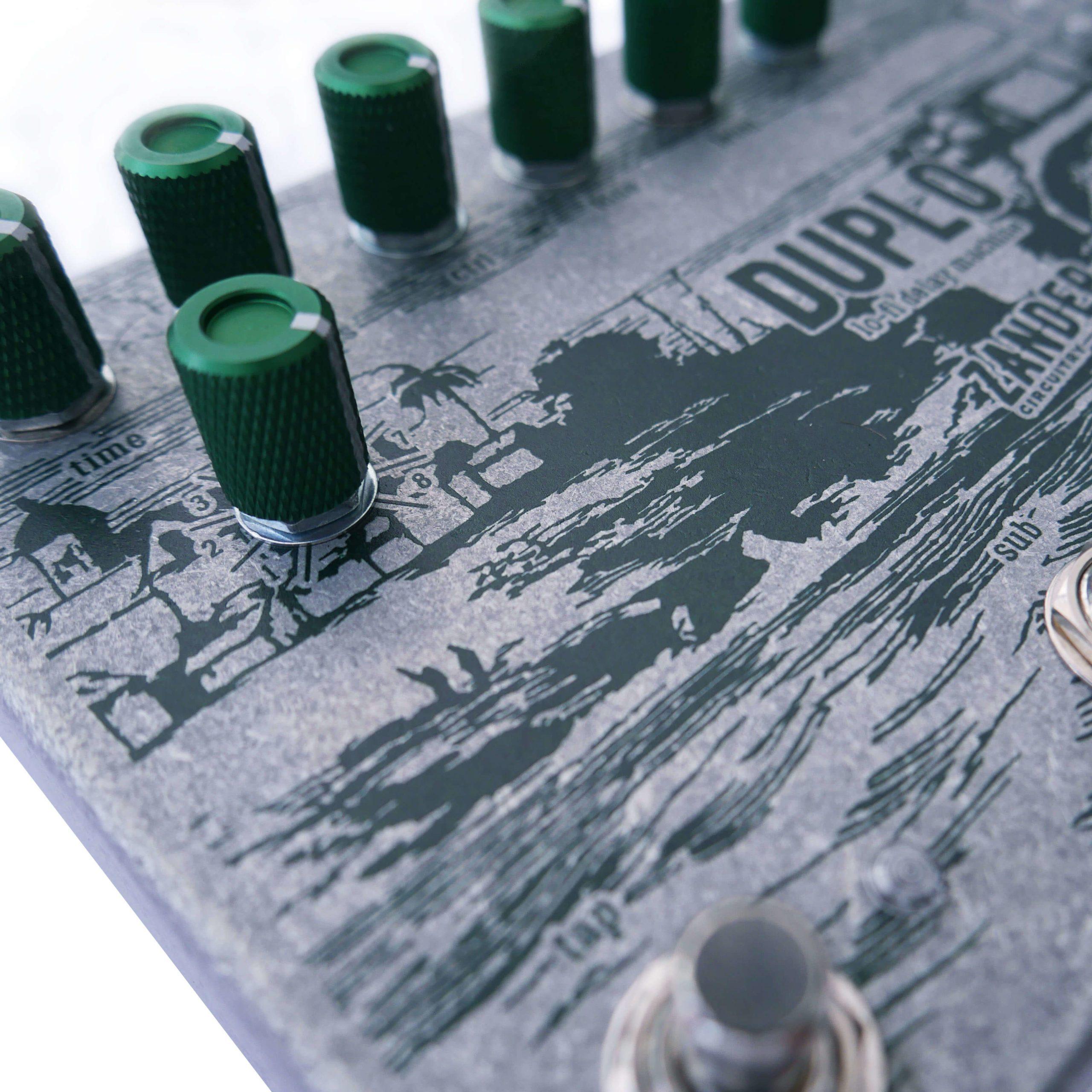

#0 INPUT DELAY PICKAXES SKIN#
I’ll admit, when I first saw the Tweet, I thought it was bait to get more impressions.īut it turns out that your skin choice in Fortnite really does matter more than for just aesthetic reasons or to create more space on your screen. The fact is that the skin you use in Fortnite can significantly affect your FPS and this discovery is still mindblowing to me. Why does using low settings have a greater impact on the FPS difference between skins than high settings? Conclusion This was surprising and made me even more confused. You can see that this time the average FPS, 1% low FPS, and 0.1% low FPS are almost the same.

Here are the results when the tests were run using Epic settings: I knew that using higher settings would reduce my FPS, and I thought it would have a greater impact on the Calamity skin because of the animations. So I tested the default skin against the Calamity skin combination again. I was interested to find out what would happen to my FPS when using higher settings. But simple skins (like the default skin) can give you better FPS. So skins with a lot of visuals could lower your FPS because there are more animations to render. The theory is that the FPS loss with certain skins may have something to do with the way animations are rendered with Unreal Engine’s Chaos Physics System. These results honestly shocked me and I couldn’t believe them.īut I had the same results each time. Using the Calamity skin combination made my average FPS drop by more than 140 in comparison to the default skin.Īlso, the 1% low and 0.1% low FPS were significantly less. You can see that the default skin does get the highest average FPS.Īnd the Calamity skin combination had by far the lowest FPS.

I used FRAPS for taking the benchmarks so I could see the average FPS, 1% low FPS, and 0.1% low FPS. So I did some tests in an empty Creative map using low settings and unlimited FPS. If this is true, then it would mean that skins do grant a competitive advantage because we know higher FPS makes you better at Fortnite. To specify multiple input delays relative to different clocks, turn on the Add delay ( -add_delay) option.A popular FPS booster said on Twitter that the default skin has the best edit delay and FPS.Īnd that certain skins and back bling could lower your FPS. If you specify only the rise or only the fall value for a given port, the specified value is used for both rise and fall.īy default, the TimeQuest analyzer removes any other input delays to the port except for those input delays with the same clock name ( -clock), falling clock edge ( -clock_fall), and reference pin ( -reference pin) specification. You can specify separate rising ( -rise) and falling ( -fall) arrival times at the port.

If you specify only the minimum or maximum delay for a given port, the same value is used for both. The TimeQuest analyzer uses the maximum input delay ( -max) for clock setup checks or recovery checks, and uses the minimum input delay ( -min) for clock hold checks or removal checks. You can specify input delays relative to the rising edge (default) or falling edge ( -clock_fall) of the clock. The Clock name must refer to an actual clock name in the design. Specifies the data required time at the specified input ports relative to the clock. You access this dialog box by clicking Set Input Delay on the Constraints menu in the TimeQuest Timing Analyzer, or with the set_input_delay Synopsys Design Constraints (SDC) command. Set Input Delay Dialog Box (set_input_delay)


 0 kommentar(er)
0 kommentar(er)
